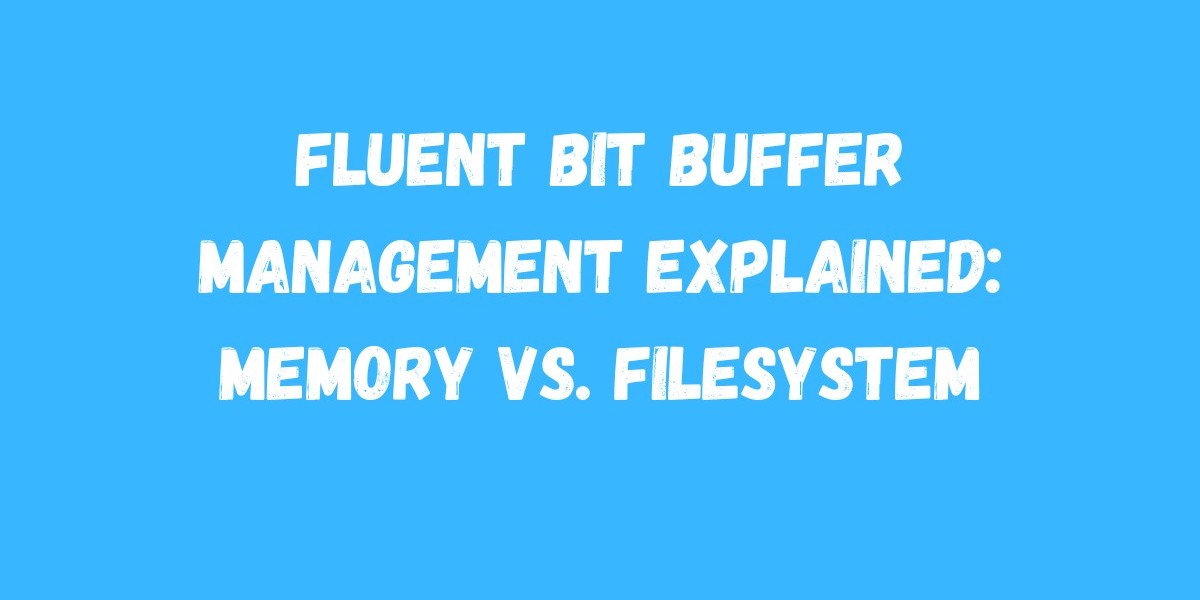Introduction
Fluent Bit is a lightweight and high performance log processor, widely used for forwarding logs to systems like Loki, Elasticsearch, and others. A key component of its efficiency isFluent Bit buffer management. Deciding whether to use memory buffers or filesystem buffers can have a significant impact on resource usage, data reliability, and throughput. By mastering buffer strategies, teams can maintain fast log processing while preventing dropped or lost logs in high volume environments.
Memory Buffers: Fast but Volatile
Memory buffers store logs directly in RAM before sending them to the output destination.
Advantages:
Extremely fast read/write operations.
Low latency for real time log delivery.
Ideal for small to medium log volumes where speed is critical.
Limitations:
Logs are lost if Fluent Bit crashes or the system restarts unexpectedly.
Memory consumption scales with log volume, which can impact other services.
Requires careful tuning to avoid exceeding available RAM.
Memory buffers are perfect for environments that prioritize speed and low latency over guaranteed persistence.
Filesystem Buffers: Reliable and Persistent
Filesystem buffers write logs to disk before sending them to the output destination.
Advantages:
Survives service restarts or crashes, preventing data loss.
Can handle high log volumes without consuming excessive RAM.
Supports delayed or burst log delivery without dropping data.
Limitations:
Slightly slower than memory buffers due to disk I/O overhead.
Requires adequate disk space and monitoring to prevent full storage issues.
Increased latency compared to memory buffers, especially under heavy load.
Filesystem buffers are ideal for mission critical environments where log reliability and persistence are essential.
Choosing the Right Buffer Strategy
Selecting between memory and filesystem buffers depends on your specific use case:
High speed analytics pipelines: Use memory buffers for minimal latency.
Critical observability and auditing: Use filesystem buffers to ensure no log loss.
Mixed workloads: Fluent Bit allows hybrid configurations, combining memory and filesystem buffers for optimal performance and safety.
Monitor buffer size, batch size, and flush intervals to tune performance and cost efficiency.
Understanding these trade offs ensures that Fluent Bit performs optimally while keeping resource consumption under control.
Conclusion
Efficient buffer management is essential for any Fluent Bit deployment. Memory buffers provide high-speed log processing, while filesystem buffers guarantee persistence and reliability. By evaluating your workload requirements, you can configure Fluent Bit to balance performance, cost, and data safety. Properly managed buffers allow teams to maintain consistent log delivery, ensuring observability pipelines remain robust and efficient. Leveraging Fluent Bit’s flexible buffer strategies helps achieve both high performance and dependable log ingestion across diverse environments.








